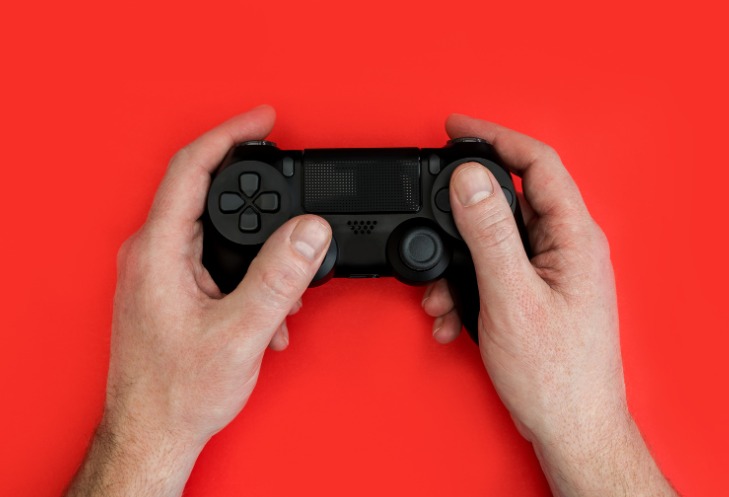The video game industry has grown tremendously over the past few decades, with games becoming more immersive and multiplayer experiences connecting people across the world. However, many video games still lack accessibility features that would allow people with disabilities to enjoy them fully. There is a growing push in the industry to make games more inclusive and accessible to all potential players through thoughtful game design.
Importance of Accessible Gaming
Gaming should be an activity that everyone can participate in and enjoy regardless of ability or disability. Making games more accessible opens up the world of gaming to millions of people who have historically been excluded. This allows people with disabilities to experience the same games as others in their communities and social circles. In addition, accessible games can provide therapeutic benefits to people with certain disabilities. Overall, inclusive gaming promotes equality and sends the message that people with disabilities are valued members of the gaming community.
Types of Disabilities and Barriers to Gaming Accessibility
There is a diverse range of disabilities that can prevent someone from fully engaging with video games or make gaming difficult. Some common barriers include:
Visual Impairments
People who are blind or have limited vision may not be able to view or understand on-screen action and text fully. Visual cues and prompts can be hard to perceive.
Hearing Impairments
Those who are deaf or hard of hearing can find it difficult to engage with games that rely primarily on audio cues, music, or speech to convey key information.
Mobility Limitations
Some gamers with motor impairments may struggle with using a traditional controller. Certain motions, like quick button presses, can be challenging or impossible.
Cognitive Disabilities
Players with conditions like dyslexia or attention-deficit/hyperactivity disorder may have trouble processing complex instructions or in-game narratives. Keeping up with rapid on-screen activity can also be difficult.
Implementing Accessibility Options
Thankfully, there are many ways developers can make their games more accessible. Often, only small changes need to be made. Some design choices that promote accessibility include:
Remappable Controls
Allowing players to customize their control scheme to suit their needs and abilities is one of the most important accessibility options. Players should be able to switch button mappings or adjust sensitivity.
Support for Assistive Devices
Developers can ensure their games support external assistive devices that people with disabilities may use, such as eye gaze trackers, single switch systems, and speech recognition software.
Text Legibility Options
Offering text size scaling, high contrast text, and adjustable text speed benefits those with visual impairments or cognitive disabilities. Removal of background images and animations can also help.
Visual Aids
Implementing options like scaling the entire UI, magnification options, removing background motion, and an enhanced cursor helps players with visual limitations.
Colorblind Support
Approximately 1 in 12 men and 1 in 200 women have some form of color vision deficiency. Providing colorblind display modes prevents confusion from similar colored objects.
Audio Cues
For players with hearing issues, including options to adjust volumes separately for sound effects, music, and dialogue allows them to tailor the audio experience. Visual cues, in addition to audio, are also recommended.
Difficulty Adjustments
Flexible difficulty modes account for variations in players’ motor skills and reaction time. Auto-aiming, timing assists, and streamlined/simplified controls are examples of accommodations.
Case Studies: Games with Strong Accessibility Features
Several recent games have been praised for their accessibility options and for bringing greater awareness to making gaming more inclusive. Some positive examples include:
The Last of Us Part II
This action-adventure game was lauded for its extensive accessibility settings, including over 60 customizable options. There are abilities to adjust everything from subtitles and audio cues to combat accessibility and motion sickness reduction.
Forza Horizon 5
The latest installment in this popular racing series introduced American and British sign language for all story dialogue. The game also has options for colorblindness, remappable controls, text scaling, and mono audio for single-ear listening.
Ratchet & Clank: Rift Apart
This kid-friendly game provides more than 60 accessibility features, such as aim assists, visual aids for deaf players, full controller remapping, motion sickness reduction, and varying difficulty levels.
Call of Duty: Vanguard
The first-person shooter added an impressive range of accessibility settings, including audio descriptions for visually impaired gamers, ping differentiation for colorblind players, weapon auto-aim, and single-stick controls.
Looking Ahead: The Future of Accessibility in Gaming
Major strides have been made recently in making video games more inclusive, but there is still room for improvement. Many indie and AAA game studios are prioritizing accessibility more during development. However, there is a need for even more education and standardization around inclusive design principles. Gamers with disabilities hope that accessibility options will become an industry standard rather than a nice addition. With growing advocacy and innovation, the future of gaming looks bright for players of all abilities.


I just couldn’t depart your web site before suggesting that I really enjoyed the standard
info an individual provide to your guests? Is gonna be back continuously to inspect new posts